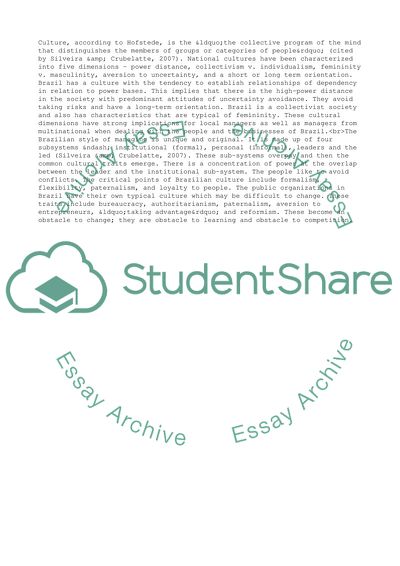Cite this document
(The Workplace Environment And The Employer-Employee Relations Case Study, n.d.)
The Workplace Environment And The Employer-Employee Relations Case Study. Retrieved from https://studentshare.org/management/1730977-brazilian-management-style
The Workplace Environment And The Employer-Employee Relations Case Study. Retrieved from https://studentshare.org/management/1730977-brazilian-management-style
(The Workplace Environment And The Employer-Employee Relations Case Study)
The Workplace Environment And The Employer-Employee Relations Case Study. https://studentshare.org/management/1730977-brazilian-management-style.
The Workplace Environment And The Employer-Employee Relations Case Study. https://studentshare.org/management/1730977-brazilian-management-style.
“The Workplace Environment And The Employer-Employee Relations Case Study”, n.d. https://studentshare.org/management/1730977-brazilian-management-style.


